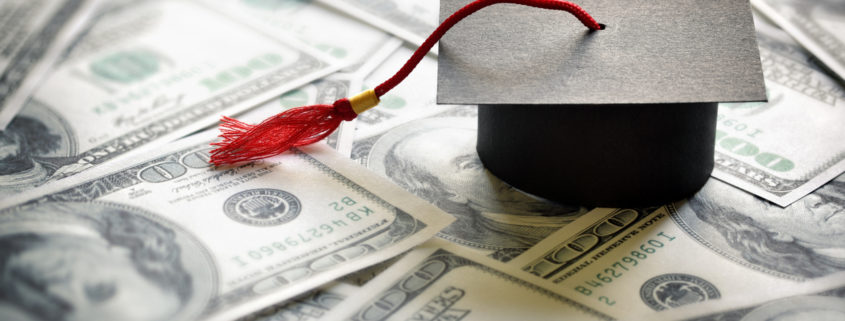Student Loan Defaults Grow in 2016
New data released by the U.S. Department of Education indicates that millions of Americans are currently defaulting on Federal Direct Loans. These loans are serviced through companies, hired by the federal government, to help students in debt. In 2016 alone, 1 million Federal Direct Loan borrowers defaulted. The end of 2016 resulted in 4.2 million total Federal Direct Loan borrowers defaulting. The number is up from 3.6 million in 2015.
Rohit Chopra, Senior Fellow at the Consumer Federation of America is quoted as saying, “3,000 preventable student loan defaults each day in America is 3,000 too many.” He went on to say, “Our broken system works well for the student loan industry, but is failing borrowers, taxpayers, and our economy.”
According to the Consumer Federation of America, the data validates recent claims made by federal regulators that service providers are putting borrowers at higher risk by purposely failing to help them find the best repayment plans for their needs.
Four major servicers are contracted by the US Department of Education to collect payments on loans. The report notes that Navient, formerly Sallie Mae, has the lowest percentage of loans being paid using the PAYE and REPAYE plans, which are designed to help struggling borrowers. Navient was sued in January by the Consumer Financial Protection Bureau for making it more difficult for borrowers to repay loans. Navient has disputed all charges, and The Department of Education has declined to comment.
As the cost of student’s tuition has risen, so has student debt. In 2013, the average student borrower owed $26,300. Since then, the average owed per borrower has jumped 17%, to $30,650. One positive is that less people are defaulting for the first time. However, the number of individuals defaulting for the second or third time is up.
Many are wondering why such a rise in defaults given the strengthening labor market, lower unemployment, and higher wages. Research shows that many borrowers in default never graduated and haven’t found consistent work. One reason for the rise in the overall balance owed may be that more graduate students are borrowing. The typical graduate school loan is much higher than undergrad.
The Obama administration tried to reduce debt defaults by highlighting plans that set borrowers’ monthly payments as a share of their incomes, and then ultimately forgive part of their balances. Enrollment in the plan has grown steadily in the past few years. President Trump proposed to offer a similar version of income driven repayment plans during his campaign. So far, the administration has yet to announce details of such a plan.


Leave a Reply
Want to join the discussion?Feel free to contribute!